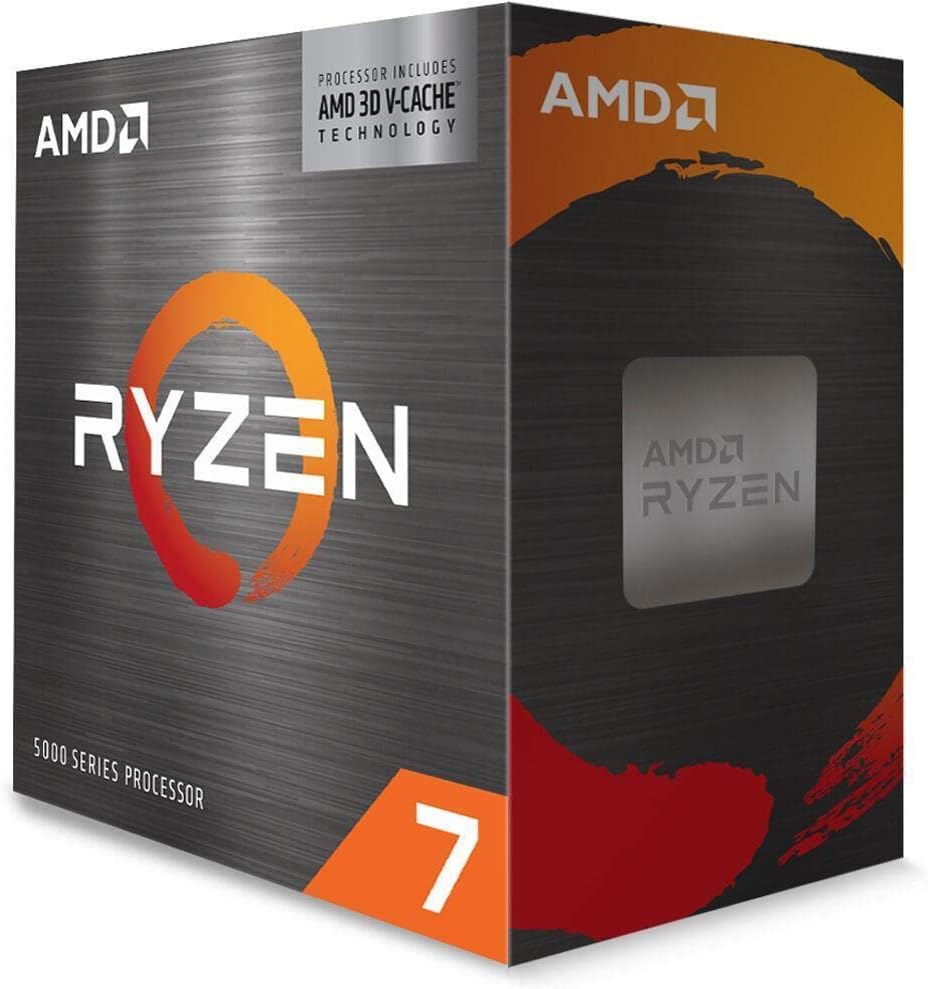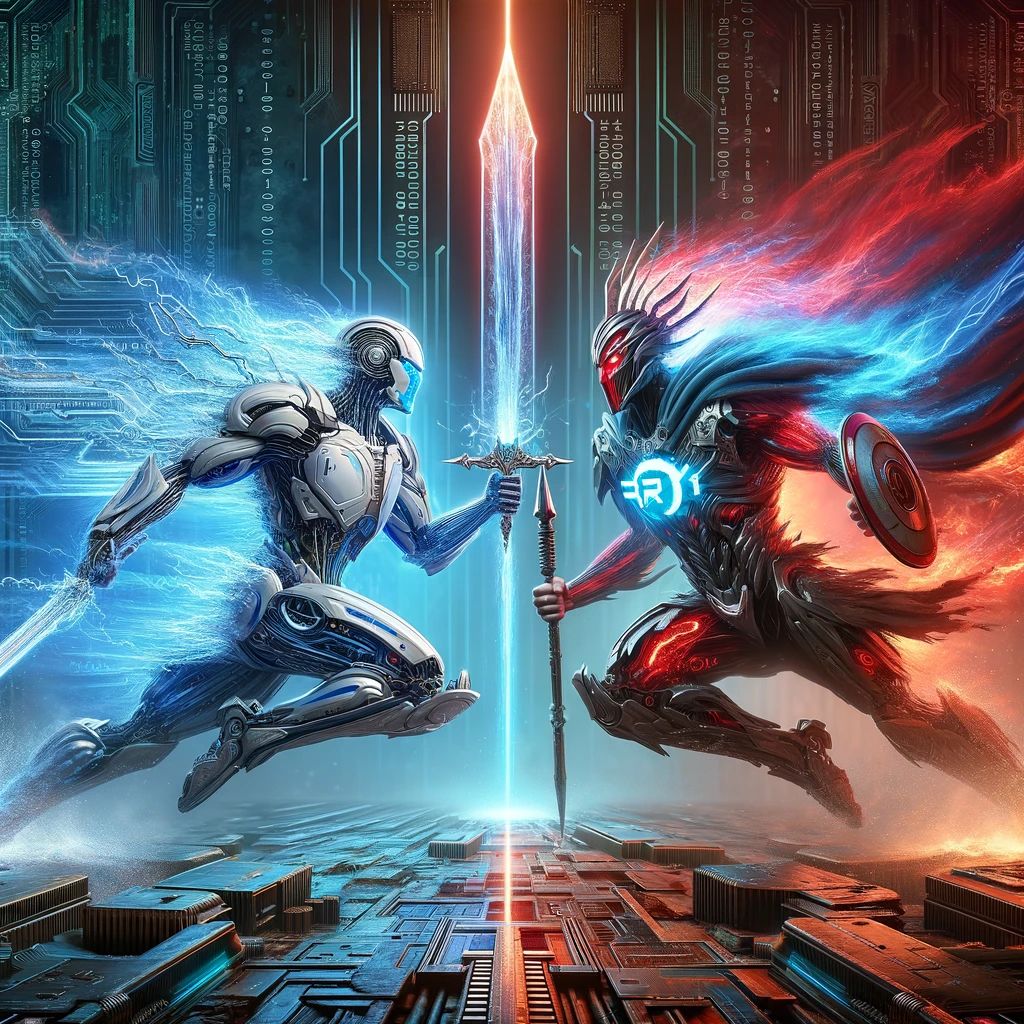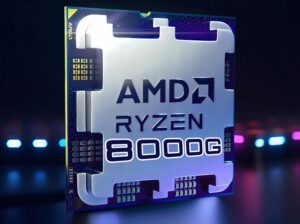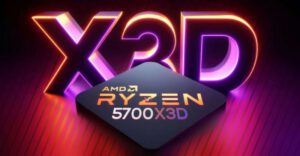Exploring Advanced Processor Technology
The AMD Ryzen 7 5800X3D represents a significant advancement in processor technology, distinguished by its innovative 3D V-Cache technology. This unique feature greatly enhances its performance, especially in gaming applications. In this section, we will compare its specifications with previous versions and other processors in the market.

Unique Cache Design for Enhanced Performance
The most notable aspect of the AMD Ryzen 7 5800X3D is its 3D V-Cache technology. This processor is the first desktop processor to incorporate stacked L3 cache, featuring an unprecedented 96MB of L3 cache. This design significantly boosts gaming performance, setting a new standard for desktop gaming processors.
Technical Specifications and Performance
The processor is designed for the AMD Socket AM4 and is produced using a 7 nm process by TSMC. It contains 8,850 million transistors and has a die size of 74 mm². The I/O process size is 12 nm with an I/O die size of 125 mm². The package is µOPGA-1331, and it has a maximum case temperature of 90°C. These physical characteristics are foundational to its robust performance.
The processor is marketed for desktop use and is currently in active production. It was released on April 20th, 2022, with a launch price of $449. The frequency of the processor starts at 3.4 GHz and can turbo up to 4.5 GHz. The base clock is set at 100 MHz with a multiplier of 34.0x. It has a Thermal Design Power (TDP) of 105 W. In terms of memory support, it accommodates DDR4 memory with a rated speed of 3200 MT/s and supports dual-channel memory architecture. It also supports ECC memory and is compatible with PCI-Express Gen 4 with 20 lanes. The processor is compatible with AMD 300, 400, and 500 series chipsets.
Core Configuration and Caching
The processor has 8 cores and 16 threads, which is a standard configuration for high-performance CPUs. The cache configuration includes 64 KB of L1 cache per core, 512 KB of L2 cache per core, and a shared 96 MB of L3 cache. This extensive cache size, particularly the L3 cache with its 3D V-Cache technology, is crucial for high-speed data access and overall performance enhancement.
Comparative Analysis with Other Processors
When compared with other processors like Intel Core i7 and Ryzen 7 series, the Ryzen 7 5800X3D stands out with its unique cache technology and impressive speed. This makes it an excellent choice for gaming and other high-performance computing applications. Its large cache size and high turbo frequency are key factors that contribute to its superiority in performance over many of its competitors.
In conclusion, the AMD Ryzen 7 5800X3D is a powerful and innovative processor, particularly well-suited for gaming applications due to its unique 3D V-Cache technology and high performance. Its advanced features and technical specifications make it a top choice for gamers and professionals seeking high-speed computing capabilities.
5800x3d vs 7800x3d
The Ryzen 5800x3d and Ryzen 7 7800X3D are both part of AMD’s Ryzen 7 lineup, but they have notable differences in their specifications and features. Here’s a detailed comparison:

Amd 5800x3d
- Launch Date and Price: Launched in April 2022, with an MSRP of $449.
- Cores and Threads: 8 cores and 16 threads using AMD Simultaneous Multithreading (SMT) technology.
- Base and Boost Frequency: Base clock frequency of 3.4 GHz, boosting up to 4.5 GHz.
- Architecture: Utilizes the Zen 3 (Vermeer) architecture and is compatible with Socket AM4.
- Cache Size: 96 MB L3 cache.
- Integrated Graphics: Does not have integrated graphics.
AMD Ryzen 7 7800X3D
- Launch Date and Price: Launched in January 2023, with an MSRP of $449.
- Cores and Threads: 8 cores and 16 threads, also using AMD Simultaneous Multithreading (SMT) technology.
- Base and Boost Frequency: Base clock frequency of 4.2 GHz, boosting up to 5.0 GHz.
- Architecture: Based on the Zen 4 (Raphael) architecture and is compatible with Socket AM5.
- Cache Size: 96 MB shared L3 cache.
- Integrated Graphics: Comes with integrated Radeon Graphics (Ryzen 7000).
Key Differences
- Architecture and Socket Compatibility: The ryzen 5 5800x3d uses the older Zen 3 architecture and Socket AM4, while the 7800X3D uses the newer Zen 4 architecture and Socket AM5.
- Base and Boost Clocks: The 7800X3D has a higher base and boost clock, potentially offering better performance in scenarios that benefit from higher clock speeds.
- Integrated Graphics: The 7800X3D includes integrated graphics, making it more versatile for systems without dedicated GPUs.
- Launch Date: The 7800X3D is a newer model, which may include improvements and refinements over the amd 5800x3d.
Performance Considerations
- For General Computing and Gaming: The Ryzen 7 7800X3D, with its higher clock speeds and integrated graphics, is likely to offer better performance, especially in gaming and graphically intensive tasks.
- For Workloads Sensitive to Clock Speed: Tasks that benefit from higher clock speeds would perform better on the 7800X3D.
Conclusion
The Ryzen 7 7800X3D seems to be an upgrade over the r7 5800x3d, particularly in terms of its clock speeds, integrated graphics, and use of the newer Zen 4 architecture. It’s better suited for users looking for the latest technology and enhanced performance, especially in gaming and applications where higher clock speeds are beneficial.
AMD Expands Ryzen 5000 Series: Unveiling the New Ryzen 7 5700



